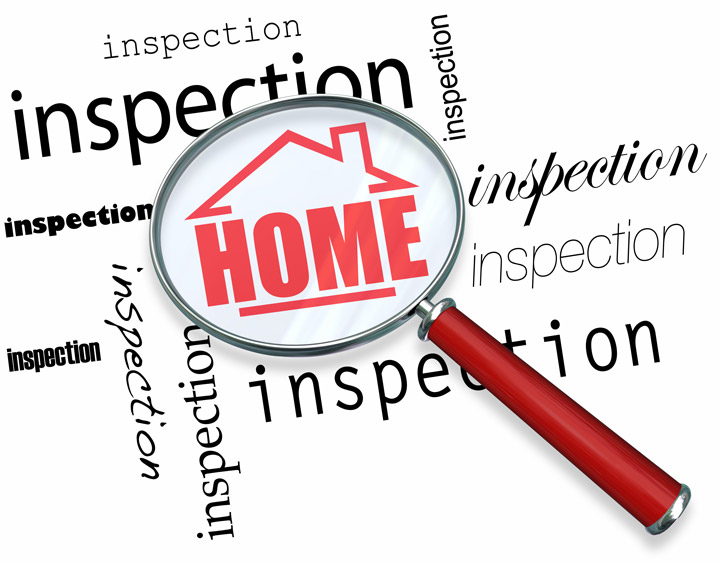
What Are the Parts of an Appraisal?A home purchase can be the most important financial decision many of us may ever make. Whether it's a primary residence, an additional vacation home or an investment, the purchase of real property is a detailed financial transaction that requires multiple people working in concert to see it through. It's likely you are familiar with the parties taking part in the transaction. The real estate agent is the most familiar person in the exchange. Next, the mortgage company provides the money necessary to bankroll the deal. And ensuring all areas of the transaction are completed and that the title is clear to transfer to the buyer from the seller is the title company. So, who makes sure the property is worth the amount being paid? This is where the appraiser comes in. We provide an unbiased opinion of what a buyer could expect to pay — or a seller receive — for a parcel of real estate, where both buyer and seller are informed parties. A licensed, certified, professional appraiser from Bronson Appraisals will ensure, you as an interested party, are informed. Inspecting the subject propertyTo determine the true status of the property, it's our duty to first perform a thorough inspection. We must actually see features, such as the number of bedrooms and bathrooms, the location, and so on, to ensure they indeed are there and are in the condition a typical buyer would expect them to be. To make sure the stated square footage is accurate and describe the layout of the property, the inspection often includes creating a sketch of the floorplan. Most importantly, we look for any obvious amenities - or defects - that would have an impact on the value of the house. Back at the office, we use two or three approaches to determining the value of real property: paired sales analysis and, in the case of a rental property, an income approach. 
Cost ApproachThis is where we pull information on local building costs, the cost of labor and other elements to figure out how much it would cost to build a property comparable to the one being appraised. This estimate usually sets the maximum on what a property would sell for. It's also the least used method. 
Paired Sales AnalysisAppraisers can tell you a lot about the subdivisions in which they work. They thoroughly understand the value of certain features to the residents of that area. Then, the appraiser researches recent sales in close proximity to the subject and finds properties which are 'comparable' to the real estate at hand. Using knowledge of the value of certain items such as square footage, additional bathrooms, hardwood floors, fireplaces or view lots (just to name a few), we add or subtract from each comparable's sales price so that they more accurately portray the features of subject property.
After all differences have been accounted for, the appraiser reconciles the adjusted sales prices of all the comps and then derives an opinion of what the subject could sell for. At Bronson Appraisals, we are an authority in knowing the value of real estate features in Eastvale and Riverside County neighborhoods. This approach to value is most often awarded the most weight when an appraisal is for a home sale. Valuation Using the Income ApproachIn the case of income producing properties - rental houses for example - we may use an additional approach to value. In this scenario, the amount of revenue the property produces is factored in with other rents in the area for comparable properties to give an indicator of the current value. Arriving at a Value ConclusionExamining the data from all applicable approaches, the appraiser is then ready to document an estimated market value for the property in question. The estimate of value at the bottom of the appraisal report is not necessarily what's being paid for the property even though it is likely the best indication of a property's valueThere are always mitigating factors such as seller motivation, urgency or 'bidding wars' that may adjust an offer or listing price up or down. But the appraised value is typically used as a guideline for lenders who don't want to loan a buyer more money than the property is actually worth. It all comes down to this, an appraiser from Bronson Appraisals will guarantee you get the most fair and balanced property value, so you can make wise real estate decisions. |